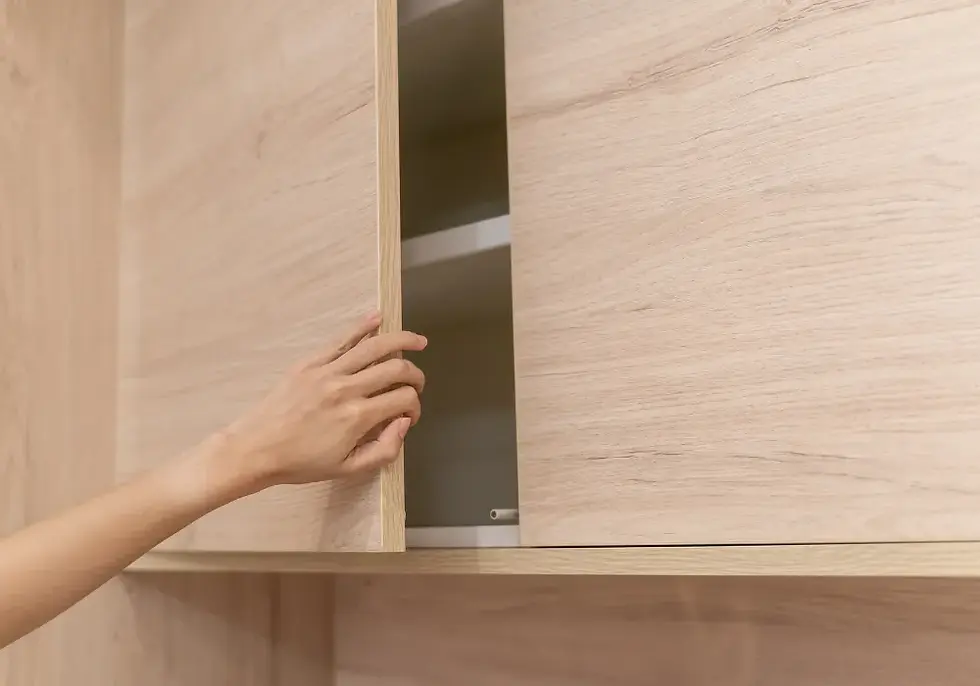Exploring Specialized MDF Varieties: Moisture-Resistant and Fire-Resistant Options for Your Needs
- Michelle Natania
- Nov 30, 2023
- 3 min read
When it comes to choosing the right material for your needs, MDF remains one of the top choices due to its ease of acquisition, affordability, and exceptional flexibility compared to other available materials. Customers can tailor MDF boards to match their furniture designs precisely, and they can select the type of MDF that best fits the intended use, ensuring its durability.
One of MDF's most notable features is its incredibly smooth surface, a result of the finishing process. This smoothness is advantageous because it makes painting, laminating, or veneering with other materials a breeze. Additionally, MDF's surface is ideal for accepting paint and stains. Any colors applied to it result in an even finish, eliminating the need for extensive sanding or other surface preparations.
Continue to read Environmental Sustainability Aspect of MDF
As a result, various upgraded versions of MDF have been developed, each with distinct usage and performance characteristics to ensure its longevity in use. These include:
1. Fire-retardant MDF
Commonly referred to as fire-rated MDF, this specific type of MDF is engineered to slow down the spread of flames and even resist ignition. Thanks to its unique composition, where the MDF board is not only coated but also infused with special chemicals that prevent combustion, it's frequently used in constructing doors, wall panels, furniture in public buildings, and even kitchen cabinets located near heat-emitting appliances like stoves, microwaves, or ovens—electronics and utensils that generate heat.

Fire-retardant MDF is also an excellent choice for building materials in wildfire-prone areas. To impart its fire-retardant properties, this board material is typically bonded with a cellulose-containing substance, such as phosphorus-based salts like mono-ammonium, di-ammonium, or ammonium phosphate, along with magnesium sulfate. However, these ingredients can exacerbate smoke production when the MDF board is exposed to fire. Consequently, smoke suppressants such as ferrocene and zinc borate are incorporated to reduce smoke emissions.

Restaurants, hotels, and other public buildings usually are the main users of fire-retardant MDF as way to comply with safety regulations.
2. Moisture-retardant MDF
This type is specially manufactured to exhibit improved resilience to prolonged contact with liquid spillage, making it suitable for use in high-humidity environments, such as bathrooms or kitchen areas near sinks. During the production process, this specific type of MDF is treated with water-resistant additives known as moisture-repellent resin, which are added during manufacturing to bind the wood fibers and make it more resistant to moisture absorption.

An example of the application of moisture-resistant MDF is as a material for cabinets and wall paneling in kitchen areas.
However, it's important to note that even after being upgraded to become moisture-resistant, this type of board is not waterproof. Therefore, its applications are still limited to indoor use and it can still be damaged if it comes into extended and direct contact with liquids. Typically, this type of board is a preferred choice for kitchen countertops, shelving, and wall-paneling for houses located in tropical area.
PT. Sumatera Prima Fibreboard offers high-quality fire and moisture-retardant MDF to meet your specific needs and deliver optimal performance. Therefore, when selecting materials for your furniture, it's important to consider the environmental conditions in which it will be placed and used most to ensure its longevity and durability.
If you're looking for high-quality MDF with various applications to meet your specific needs, visit us at PT. Sumatera Prima Fibreboard (www.spf.co.id).



Comments